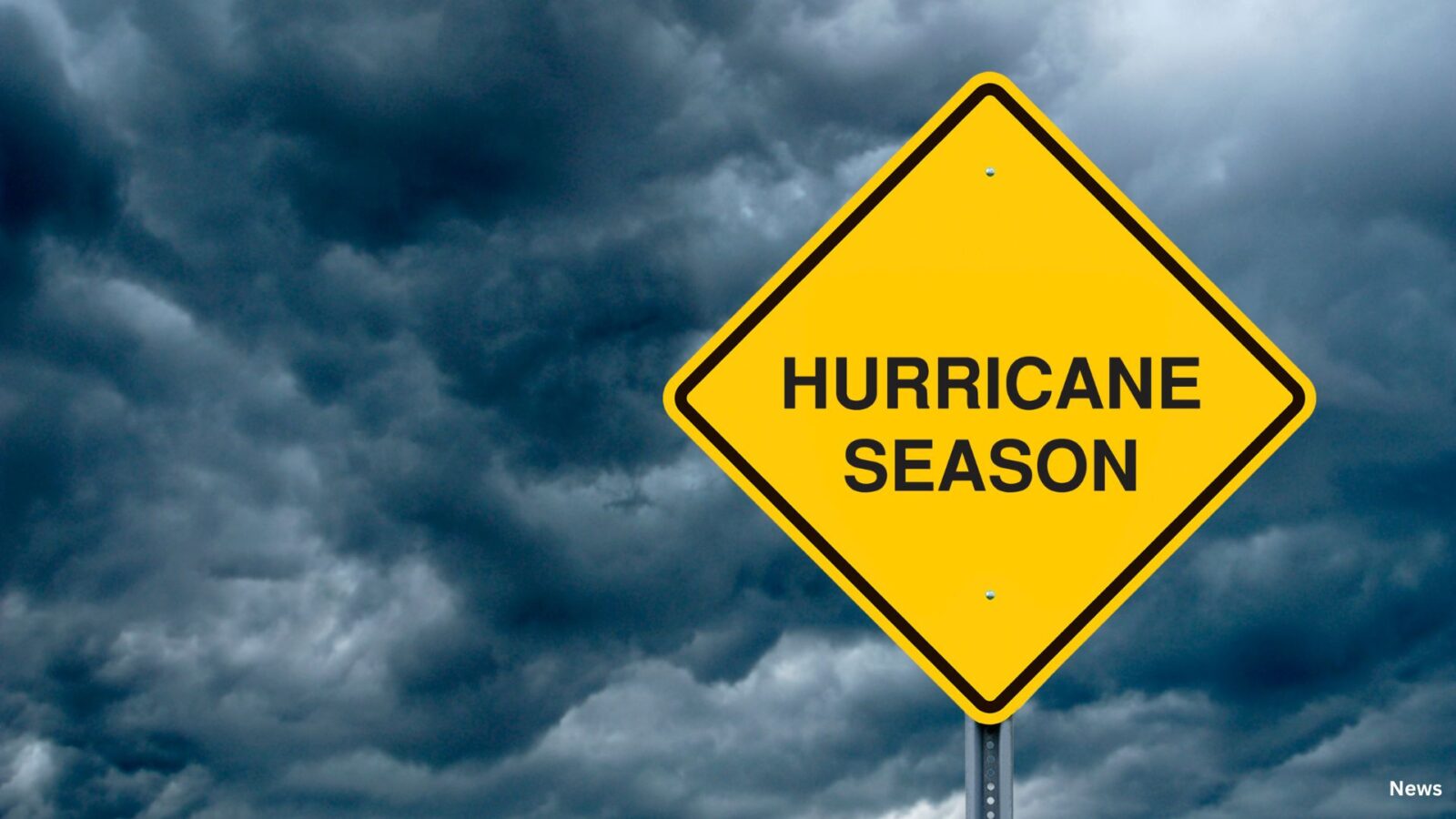The devastating impact of Hurricane Helene has left a massive trail of destruction across the southeastern United States, causing substantial losses for homeowners. Hurricane Helene damage is estimated to range from $30.5 billion to $47.5 billion, with most of the affected properties uninsured. Striking the Florida Panhandle and tearing through 16 states, this storm has highlighted the significant gap in flood insurance coverage for many homeowners, leaving them vulnerable to catastrophic financial loss.
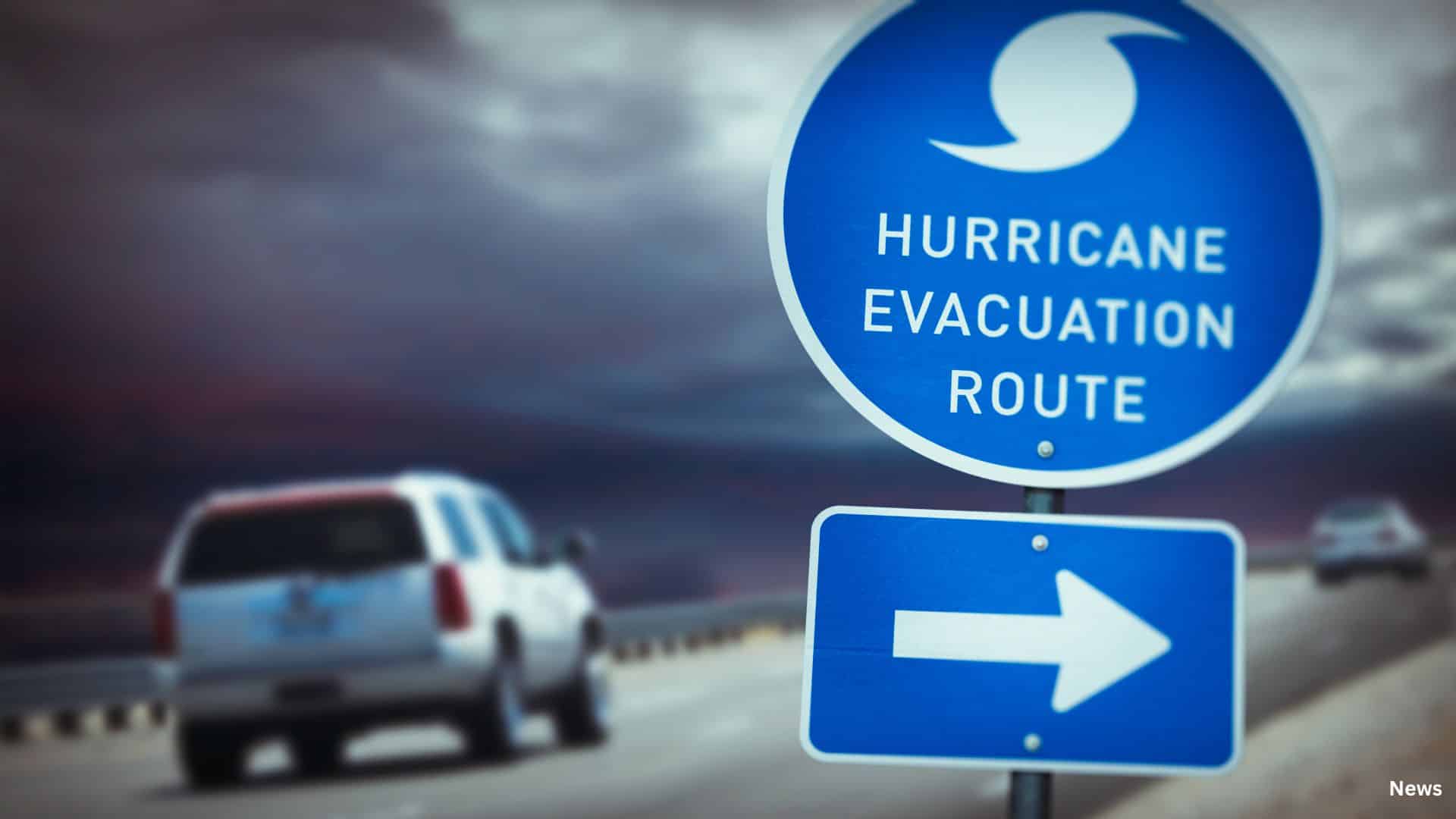
Uninsured Property Losses and the Rising Insurance Crisis
According to estimates from CoreLogic, only $10.5 billion to $17.5 billion of the total Hurricane Helene damage will be covered by insurance. The combination of wind and flood damage across Florida, Georgia, the Carolinas, and Virginia has revealed a staggering number of uninsured homes. While coastal properties near storm surges tend to have flood insurance—often required by lenders—the vast majority of inland areas lack coverage, despite record-breaking rainfall and flooding.
In places like Asheville, NC, the French Broad River swelled to unprecedented levels, flooding entire communities. This catastrophic flooding in inland areas like Buncombe County, where less than 1% of homes are insured for flood damage, underscores the growing disconnect between perceived risk and actual exposure to natural disasters.
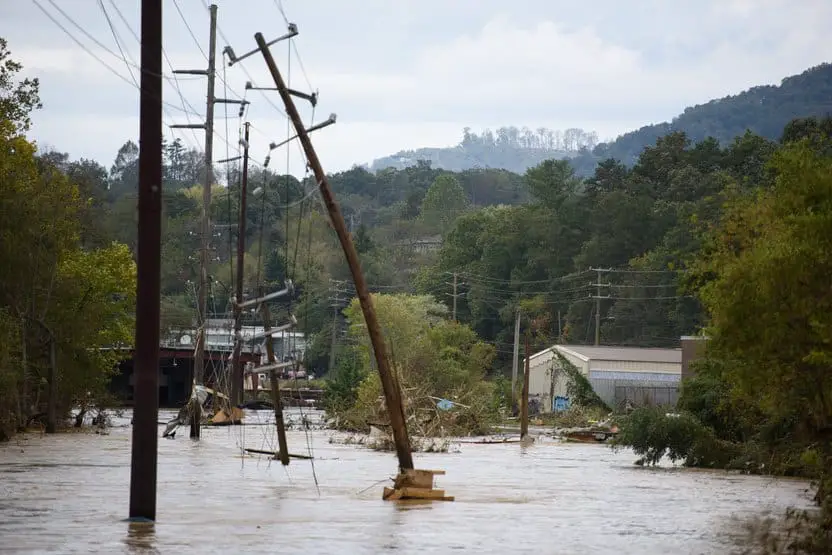
Climate Change Amplifying Flood Risks
The Hurricane Helene damage estimates also serve as a reminder of the increasing threat posed by climate change. According to CoreLogic’s director of catastrophe response, Jon Schneyer, the intensity of storms is on the rise. As rainfalls become more severe, areas that were once considered low-risk for floods may now be vulnerable to future disasters. Many homeowners assume that because their property is not in a Special Flood Hazard Area, they are safe. However, as Helene demonstrated, this perception is often dangerously incorrect.
Real estate platforms like Realtor.com have started to incorporate flood risk assessments in property listings, providing potential buyers with vital information. The flood risk display shows potential water levels over various time frames, allowing for more informed decision-making.
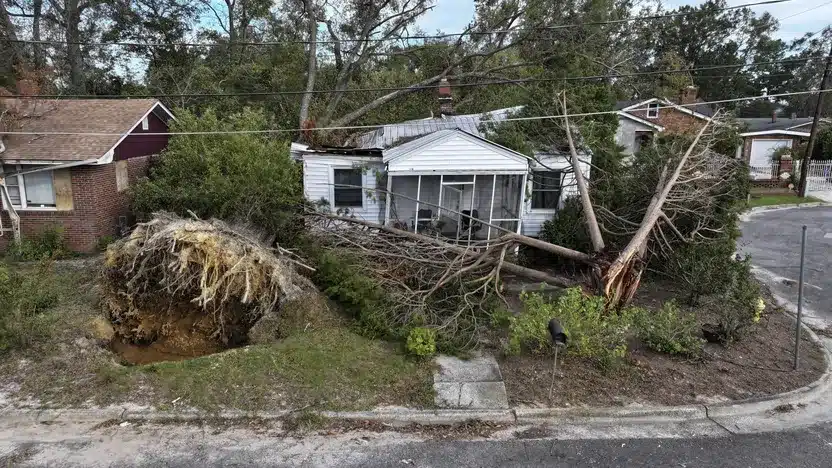
Lessons from Hurricane Helene Damage and Future Preparation
As Hurricane Helene damage estimates continue to roll in, the reality of underinsurance is evident. Many homeowners were caught off guard by the severity of inland flooding and are now grappling with the financial aftermath. The federal government’s National Flood Insurance Program (NFIP) is expected to cover only a portion of these losses, mostly for coastal properties affected by storm surges. The private insurance sector will handle some wind damage claims, but much of the inland flooding remains uncovered.
Schneyer emphasizes the importance of re-evaluating personal flood risks, even if a home is not in a traditionally high-risk area. With climate change driving more intense hurricanes, preparing for future storms through adequate insurance and mitigation measures is essential.
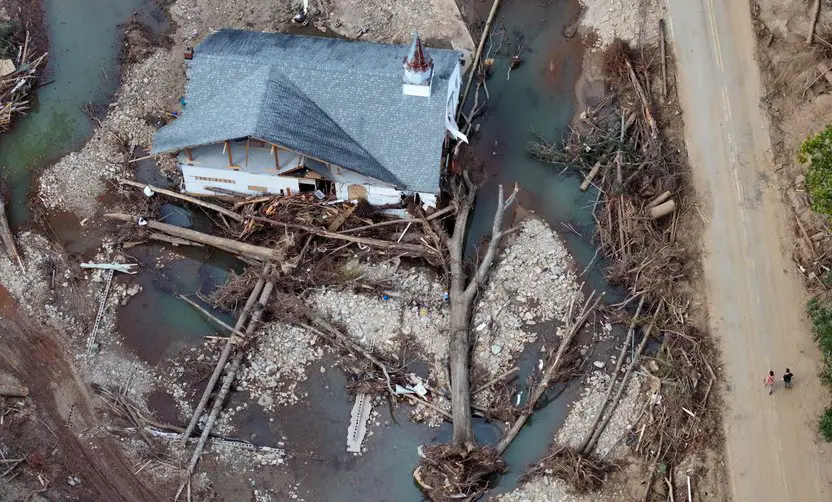
The Financial Toll of Hurricane Helene
The Hurricane Helene damage has laid bare the vulnerabilities in flood insurance coverage across the southeastern United States. With tens of billions in property damage, much of which is uninsured, many homeowners are left facing total loss. As future hurricanes, such as the forming Hurricane Milton, threaten to bring renewed risks to Florida’s Gulf Coast, the need for more comprehensive disaster preparedness and insurance coverage has never been more apparent. The lessons from Helene will hopefully drive homeowners to take proactive steps in safeguarding their properties against the next inevitable storm.
Related posts:
 Supply Skepticism: The Complex Puzzle in US Housing 2023
Supply Skepticism: The Complex Puzzle in US Housing 2023
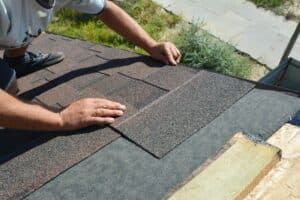 A Homeowner’s Ultimate Guide to Roof Installation and Repair
A Homeowner’s Ultimate Guide to Roof Installation and Repair
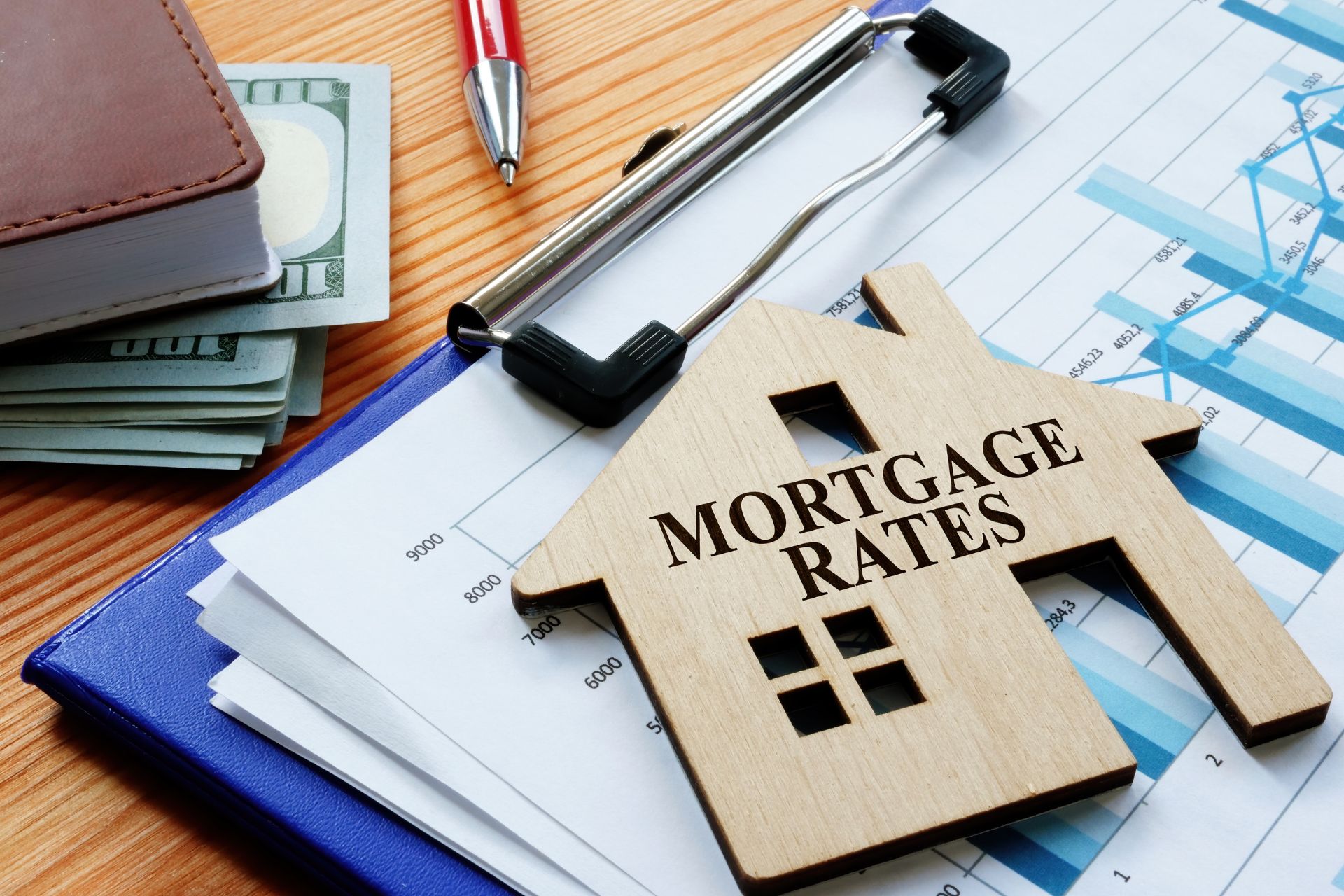 Mortgage Rates Drop Below 7%: A Ray of Hope for the Housing Market?
Mortgage Rates Drop Below 7%: A Ray of Hope for the Housing Market?
 Buffalo Housing Market: A 2024 Success Story of Growth and Affordability
Buffalo Housing Market: A 2024 Success Story of Growth and Affordability
 Congress Struggles to Fix Housing; House Prices Still Increasing
Congress Struggles to Fix Housing; House Prices Still Increasing
